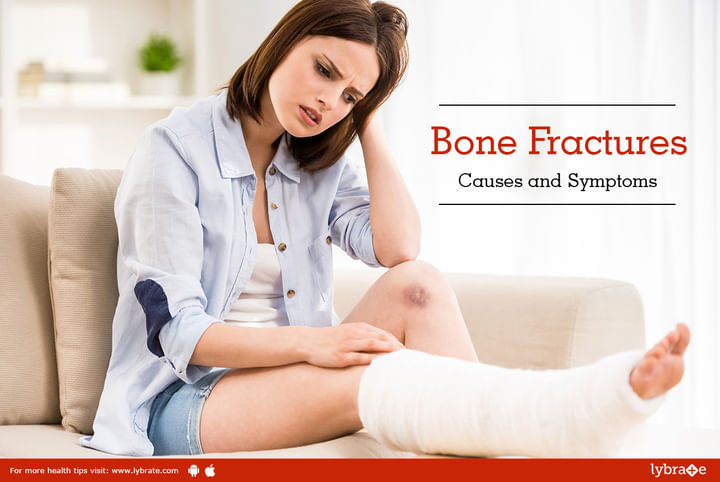Bone Fractures: Causes and Symptoms
'Fracture' is a medical term for a broken bone. According to an estimate, an average person has two fractures within their lifetime. When a force exerted is stronger than the bone itself, it can lead to a fracture. The risk and chance of fracture depend on your age. With age, bones tend to become brittle and, hence, a fall that would have been potentially harmless years ago can lead to a broken bone at a later age.
There are many types of bone fractures, but the main types are:
Closed fracture: A fracture in which the bone breaks but does not tear through the skin
Open fracture: Where the broken bone punctures through the skin and protrudes out. There's a greater chance of bone infection in an open fracture
Displaced fracture: In this type of fracture the bone snaps into more than two parts
Nondisplaced fracture: The bone cracks partly or wholly but it does continue to move
Some of the common signs and symptoms of a fracture are:
- Bruising and swelling of the bones
- Open fractures marked by protruding bones from the skin
- Loss of locomotive and functional ability of the injured area
- Deformity of the injured area
- Pain in the event of movement of the injured area
A fracture can be caused by a number of reasons, and they are:
- Injuries and accidents
- Falls and slips
- Wear and tear through overuse
- Sport injuries
- Fist fights and brawls
- Osteoporosis (a disease which causes bones to weaken in adults)
- Osteomalacia ( a disease caused due to softening of your bones, which is caused by a vitamin D deficiency.) Soft bones are more likely to bow and fracture than are harder, healthy bones.
Note - Osteomalacia is not the same as osteoporosis. Osteomalacia occurs due to a defect in the bone-building process while osteoporosis develops due to a weakening of existing bones.
'Consult'.
Related Tip: How Stress Can Dissolve Your Bones + Tips to Fix It Fast



+1.svg)
